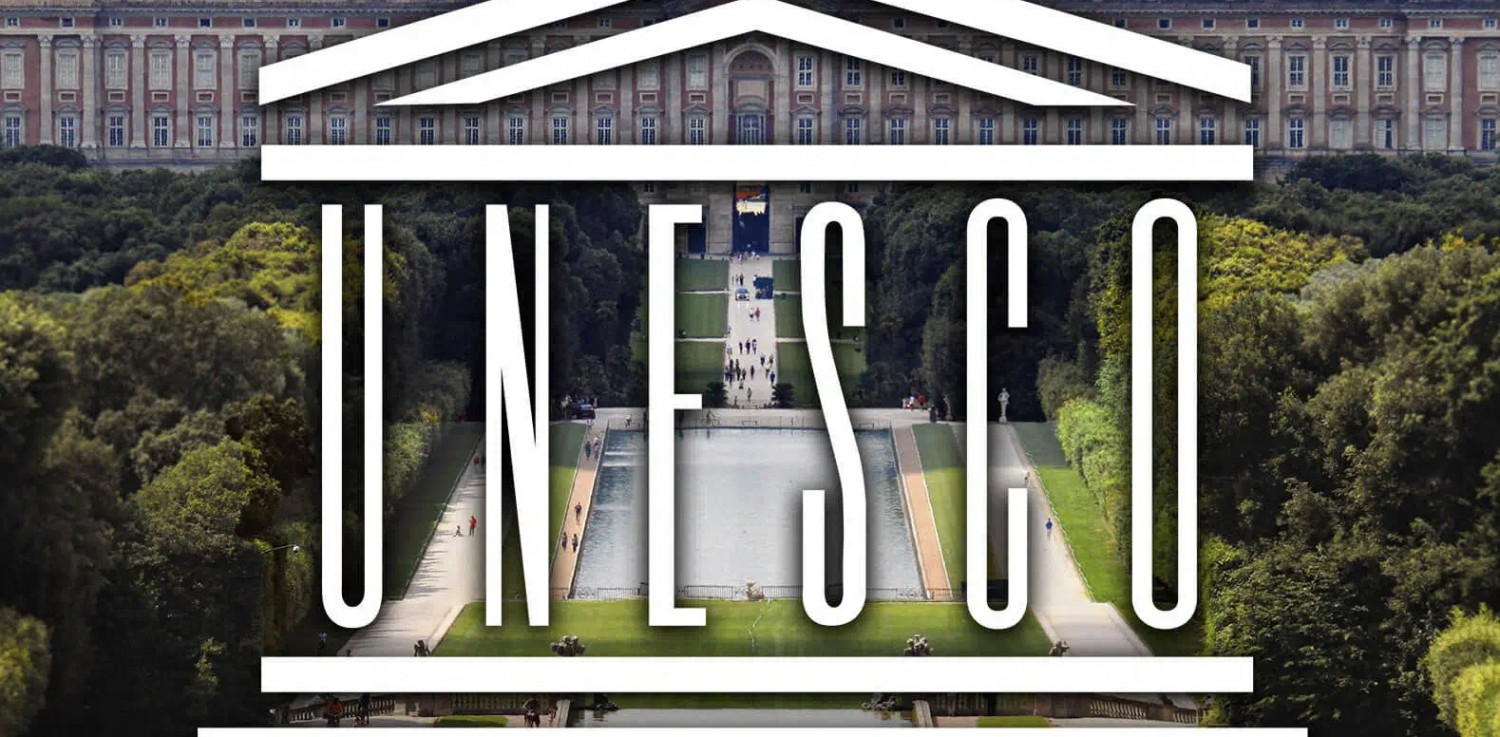Turkmenistan has three UNESCO World Heritage Sites, all designated for their cultural significance, and ten sites on the UNESCO Tentative List. Below is a comprehensive list based on available information:
UNESCO World Heritage Sites in Turkmenistan
- State Historical and Cultural Park “Ancient Merv” (Inscribed 1999)
- Location: Mary Province
- Description: Ancient Merv is one of the oldest and best-preserved oasis cities along the Silk Road in Central Asia, with a history spanning over 4,000 years. It was a major hub for trade, military, religious, and communication activities, flourishing as one of the world’s largest cities in the 10th century CE. Key structures include the Sultan Sanjar Mausoleum, Kyz Kala Fortress, and Greater and Lesser Gyz Gala, showcasing ancient Turkmenistani architecture. The site was devastated by the Mongol invasion in the 13th century but remains a critical archaeological site.
- Kunya-Urgench (Inscribed 2005)
- Location: Dashoguz Region
- Description: The ancient city of Kunya-Urgench, once the capital of the Khorezm region within the Achaemenid Empire, features well-preserved ruins from the 11th to 16th centuries. Notable monuments include the Kutlug-Timur Minaret (60m high), the mausoleums of Il Arslan and Tekesh, a mosque, and caravanserai gates. These structures reflect the architectural and craftsmanship achievements of Islamic Central Asia, influencing regions as far as Iran, Afghanistan, and the Mughal Empire. The site has been uninhabited for over three centuries.
- Parthian Fortresses of Nisa (Inscribed 2007)
- Location: Near Ashgabat, Bagir village
- Description: Nisa was the capital of the Parthian Empire (3rd century BCE to 3rd century CE), a major power rivaling Rome. The site comprises Old and New Nisa, with well-preserved structures like the royal palace, temples, defensive walls, and wine warehouses. Excavations reveal artifacts and settlements dating back to the 4th millennium BC, showcasing a blend of Central Asian and Mediterranean cultural influences. Nisa’s strategic location made it a key trading and communication center along the Silk Road.
UNESCO Tentative List Sites in Turkmenistan
Turkmenistan has ten sites on the UNESCO Tentative List, which are properties the country intends to nominate for World Heritage status. These sites, added between 1996 and 2009, are primarily cultural, with some natural significance:
- Dehistan (Submitted 1998)
- Location: Western Turkmenistan
- Description: Also known as Mashad-Misrian, Dehistan was a key city from the 9th to 8th centuries BC until the 14th century. Notable remains include an early medieval minaret, the Mosque of Muhammad Khorezmshakh, the Mosque and Mausoleum of Shir Sabir, and 5,000-year-old monuments.
- Khazar State Nature Reserve (Submitted 2009)
- Location: Esenguly and Ogurchin regions
- Description: This reserve hosts a diverse bird population, recognized for its ecological importance.
- Amudarya State Nature Reserve (Submitted 2009)
- Description: Divided into tugai, hills and barchans, and salt marshes, this reserve supports various species of animals, birds, and fish.
- Repetek Biosphere State Reserve (Submitted 2009)
- Location: Southeast Karakum Desert
- Description: Features sand dunes and a variety of trees, shrubs, fungi, and algae, recognized for its unique desert ecosystem.
- Badhyz State Nature Reserve (Submitted 2009)
- Description: A natural reserve with significant biodiversity, proposed for its ecological value.
- Koytendag (Submitted 2009)
- Description: Includes caves and other geological formations, notable for their natural and cultural significance.
- Dinosaurs and Caves of Koytendag (Submitted 2009)
- Description: Features dinosaur footprints and cave systems, highlighting paleontological and geological importance.
- Silk Roads: Zarafshan-Karakum Corridor (Submitted 2009, Inscribed 2023)
- Location: Spans Turkmenistan, Tajikistan, and Uzbekistan
- Description: A segment of the Silk Road, this corridor includes trade routes and cultural landmarks, recognized as a transnational World Heritage Site in 2023.
- Silk Roads: Sites in Turkmenistan (Submitted 1998)
- Description: Encompasses additional Silk Road sites, such as routes connecting ancient cities like Dehistan, Nisa, Merv, Serahs, Amul, and Kunya-Urgench.
- Monuments of the Kunya-Urgench (Submitted 1996)
- Description: Additional monuments in Kunya-Urgench, proposed to complement the existing World Heritage Site for their cultural significance.
Intangible Cultural Heritage in Turkmenistan
In addition to tangible heritage, Turkmenistan has nine entries on the UNESCO List of Intangible Cultural Heritage of Humanity, which highlight the country’s cultural traditions:
- Epic Art of Göroğlu
- Chronicles the legendary hero Göroğlu through storytelling, singing, and music, emphasizing values like bravery and justice.
- Nowruz Celebrations
- A multinational nomination (including Turkmenistan) for the traditional New Year festival.
- Kushtdepdi Singing and Dance Ritual
- A traditional ritual combining song and dance.
- Traditional Turkmen Carpet Making
- The art of weaving intricate carpets, a key cultural practice.
- Art of Needlework
- Traditional embroidery techniques passed down through generations.
- Folklore Tales of Ependi
- Oral storytelling tradition featuring the character Ependi.
- Practice of Silk Weaving and Silk Production
- Traditional methods of silk production and weaving.
- Art of Akhal-Teke Horse Breeding and Traditions of Horses’ Decoration
- The revered practice of breeding and decorating Akhal-Teke horses, a symbol of Turkmen identity.
- Dutar Making Craftsmanship and Traditional Music Performing Art Combined with Singing
- The craft of making the dutar (a stringed instrument) and its associated musical traditions, planned for inclusion in 2021.
